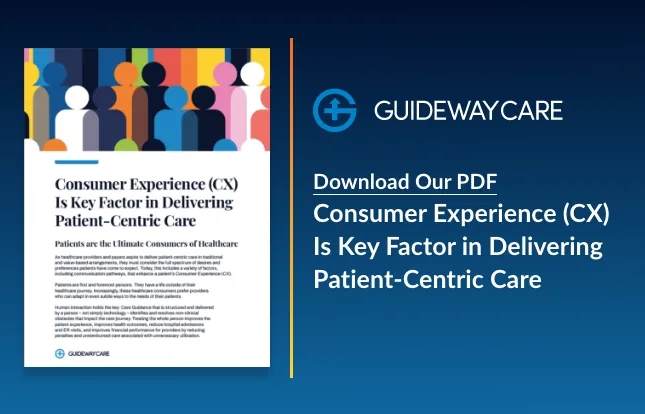The Oncology Care Model: What It Is and How You Can Benefit

Oncology care is changing. The Oncology Care Model (OCM) is a new reimbursement model from the Centers for Medicare and Medicaid Services (CMS) that shifts the focus of cancer care from volume to value. Under this model, oncologists will be reimbursed based on the quality of care they provide rather than the number of patients they see. This change could have a significant impact on cancer patients and their families.
Created by the Community Oncology Alliance (COA) in June 2019, the Oncology Care Model (OCM) 2.0 is designed to address the deficiencies of fee-for-service reimbursement for oncology care, which rewards quantity over quality. The new model encourages high-value care by focusing on treatment outcomes and patient experience, population health management, and appropriate use of expensive treatments.
Read more: What is OCM 2.0?
Targeted therapy for cancer treatment involves using drugs or other treatments that target a specific molecular feature of cancer. With OCM 2.0, cancer patients can benefit from personalized and targeted treatments tailored to their needs.
Read on to understand how this new 2.0 model works and what three benefits it presents for cancer patients and their families.
How Does OCM 2.0 Work?
The Oncology Care Model (OCM) 2.0 is a novel payment model developed by the Centers for Medicare and Medicaid Services (CMS). It provides enhanced reimbursement to oncologists who coordinate care with other providers, including hospitals, pathologists, radiologists, and ancillary providers such as home health services and durable medical equipment suppliers. The OCM aims to provide better access and improved care coordination for Medicare beneficiaries with cancer.
Here’s how it works:
• Participating oncologists receive a new per-beneficiary monthly payment to cover the cost of care coordination and other services, such as navigation and patient education.
• Oncologists are required to use evidence-based guidelines for quality improvement.
• CMS provides financial incentives when providers meet specific benchmarks for quality care, including timely appointments and screenings.
• Medicare is allowed to share savings with participating providers when they succeed in reducing spending and improving the quality of care.
Benefits of the OCM 2.0
The OCM offers several potential benefits for oncologists and their patients:
1) Improved Access to Care –
The OCM provides patients with better access to care by streamlining the coordination of services between providers. This helps ensure that all necessary treatments are provided promptly, improving patient outcomes and reducing costs.
2) Quality Measurement –
The OCM also provides a comprehensive set of quality metrics that can be used to help gauge the performance of participating providers. This helps ensure that oncology care is delivered to the highest standards and can provide valuable feedback for providers looking to improve their care delivery.
3) Cost Savings –
The OCM also provides financial incentives for providers to reduce costs through improved efficiency and coordination of services. By reducing administrative overhead, providers can realize the significant time, money, and resource savings.
4) Improved Patient Outcomes –
Finally, the OCM allows providers to work together to improve patient outcomes by aligning treatments and services across the care continuum.
Oncology care is a type of care model that healthcare providers across the nation utilize to provide cancer patients with improved access to care, better outcomes, and cost savings. Contact Guideway for oncology care solutions. We offer comprehensive services like risk assessment, pre-and post-treatment care, patient education, telemedicine, and more.
Contact Us Today To Learn How We Can Help
"*" indicates required fields




